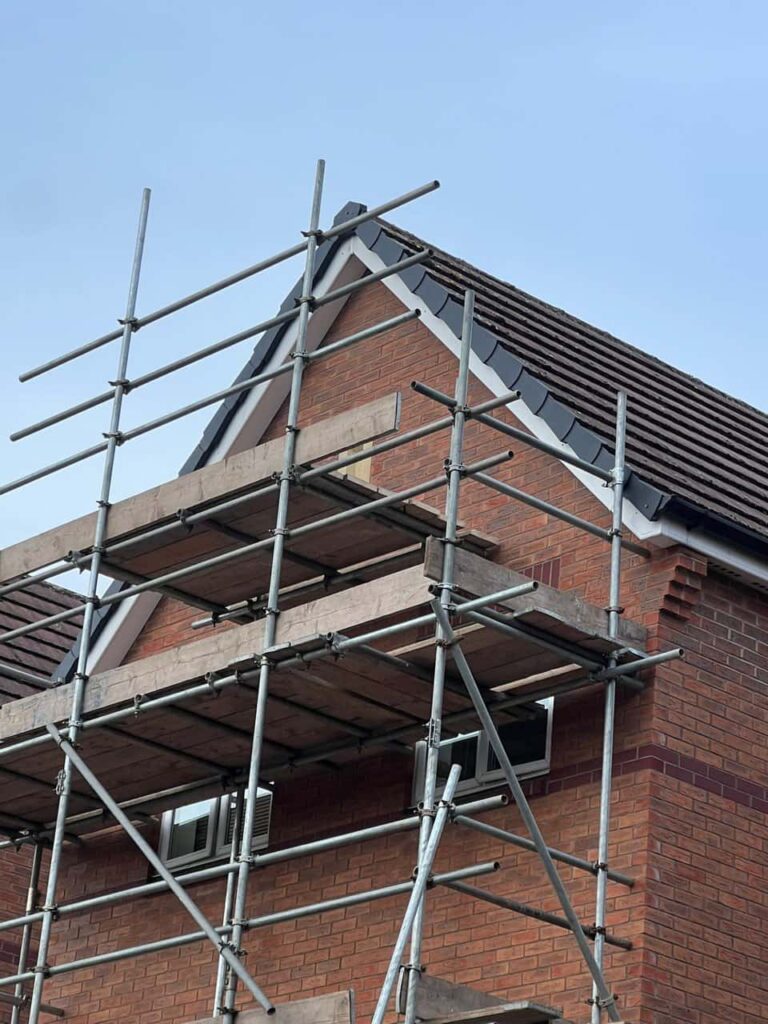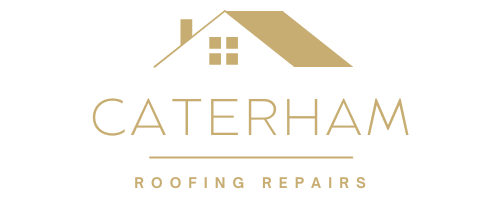When it comes to protecting a roof from water ingress, few components are as vital as flashing. Installed around chimneys, valleys, joints, and roof penetrations, flashing is responsible for creating a weatherproof seal that deflects rainwater away from vulnerable areas. In recent years, synthetic alternatives have gained popularity as a cheaper and lighter option. However, at Caterham Roofing Repairs, we believe that traditional lead flashing remains the gold standard for roofing projects across Caterham, Surrey — and for good reason.
Below, we explore why lead flashing continues to outperform modern synthetic substitutes in both performance and long-term value.
What Is Lead Flashing?
Lead flashing is a time-tested roofing material made from rolled sheets of lead. It is flexible, durable, and highly malleable, making it ideal for creating precise, long-lasting seals around complex roof structures.
Used in British roofing for centuries, lead has stood the test of time thanks to its unique physical properties and proven reliability.
Advantages of Lead Flashing
1. Unmatched Durability
One of the biggest advantages of lead flashing is its lifespan. When installed correctly, lead can last over 100 years, making it one of the most durable roofing materials available.
- Resistant to corrosion, UV damage, and temperature fluctuations
- Will not degrade or become brittle over time
- Requires minimal maintenance throughout its service life
In comparison, many synthetic flashings begin to deteriorate within 10–20 years, leading to recurring maintenance costs and higher risk of failure.
2. Superior Weather Resistance
Lead offers exceptional resistance to the elements, which is particularly important in the UK’s changeable climate. From heavy rain and snow to freezing temperatures and high winds, lead flashing continues to perform year after year.
- Creates watertight seals around roof joins and structures
- Adapts to seasonal movement without cracking
- Perfect for high-exposure locations across Caterham and Surrey
Synthetic flashings may be more vulnerable to thermal movement, UV degradation, and expansion issues.
3. Flexibility and Workability
Lead is highly malleable, allowing skilled roofers to shape and mould it to fit any roofing detail — no matter how complex. This makes it particularly suitable for heritage properties, chimneys, dormers, and custom designs.
- Easily dressed into tight corners, curves, and angles
- Compatible with most traditional and modern roofing materials
- Results in a neater, more secure finish than pre-formed synthetic sheets
At Caterham Roofing Repairs, we use specialist techniques to tailor each flashing installation precisely to your roof’s architecture.
4. Fire and Pest Resistance
Unlike many synthetic materials, lead is non-combustible and completely pest-resistant. It won’t catch fire or provide nesting grounds for birds, rodents, or insects — an important consideration for homeowners looking for long-term safety.
5. Sustainability and Recycling
Lead is one of the most recycled materials in the construction industry. When replaced or removed, lead flashing can be fully recycled and reused, making it a sustainable choice.
- Lower environmental impact over its lifetime
- Fewer replacements needed, reducing overall waste
- Contributes to heritage building preservation and conservation
Many synthetic alternatives are made from plastics or composites that are more difficult to recycle or may end up in landfill after removal.
The Drawbacks of Synthetic Flashing
While synthetic flashing may be quicker to install and lighter in weight, it has several limitations when compared to lead:
- Shorter lifespan: Often lasts 10–20 years depending on material type
- Less adaptable: Difficult to fit in complex roof areas without visible seams
- Weaker in harsh weather: Susceptible to UV degradation, tearing, or thermal movement
- Plastic appearance: May not match the aesthetic of traditional or high-end properties
Synthetic flashings may be suitable for budget-conscious projects, but they rarely offer the same reliability or performance as lead in the long term.
Why Lead Is Still the Professional’s Choice
Despite the availability of modern alternatives, lead flashing continues to be widely used by professional roofers across the UK — especially for high-spec projects or those involving older or listed buildings.
At Caterham Roofing Repairs, we specialise in both new lead installations and replacements throughout Caterham, Surrey. Our experienced roofers ensure:
- Expert shaping and dressing for all roofing details
- Secure fixings to prevent wind uplift or water ingress
- Compliance with building regulations and heritage requirements
Whether it’s a small repair or full re-flashing, our commitment to quality ensures your roof remains watertight and protected for decades to come.
Conclusion
While synthetic flashing products offer short-term convenience, they fall short when it comes to long-term value, durability, and performance. Lead flashing remains the most reliable option for protecting your roof — especially in the face of the UK’s unpredictable weather.
If you’re planning a roof repair or replacement in Caterham, Surrey, and want the peace of mind that comes with high-quality workmanship, contact Caterham Roofing Repairs. Our team delivers lead flashing solutions that stand the test of time — combining traditional materials with expert craftsmanship for long-lasting protection.
Call us on: 01883 770 797
Click here to find out more about Caterham Roofing Repairs
Click here to complete our contact form and see how we can help with your roofing needs.

